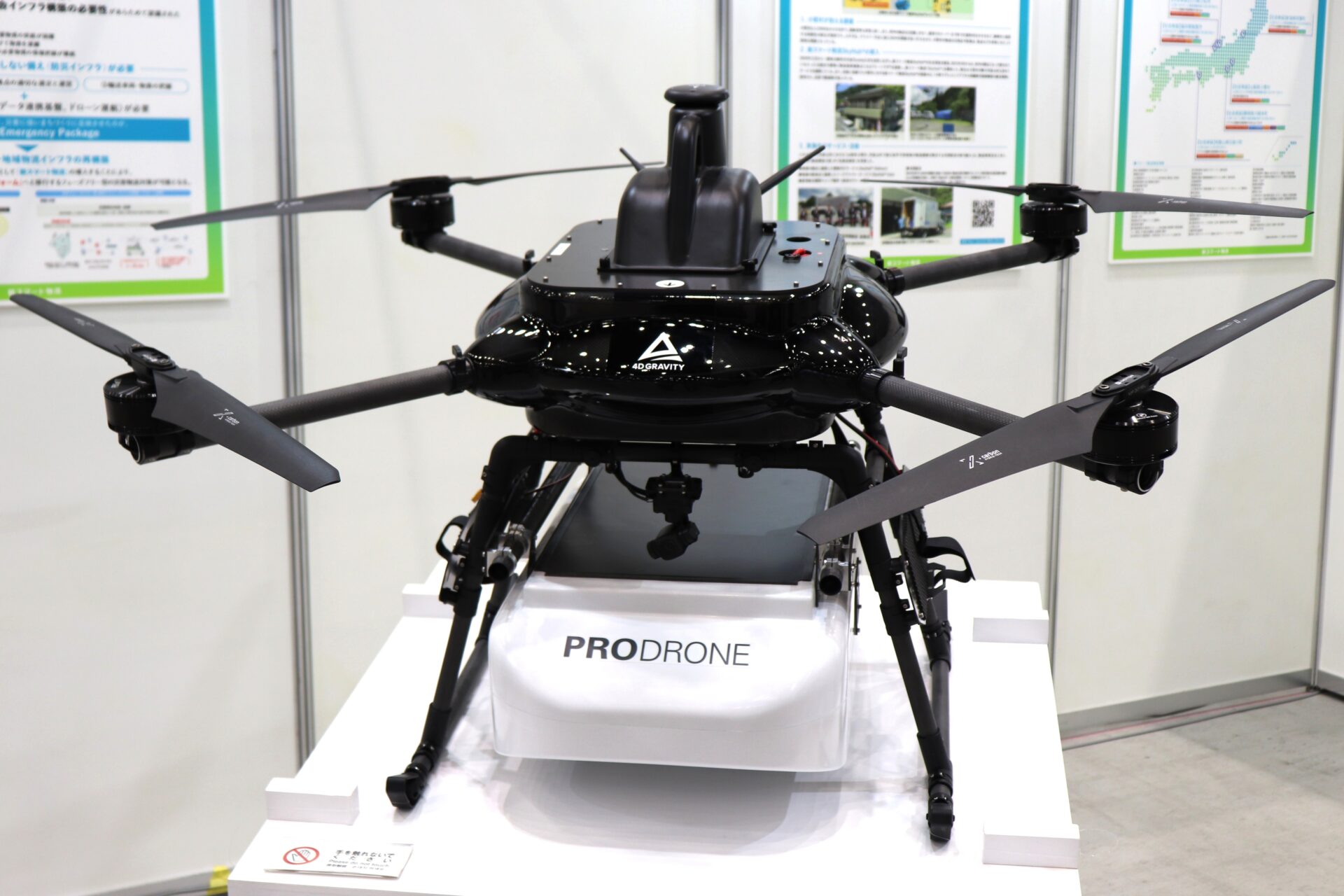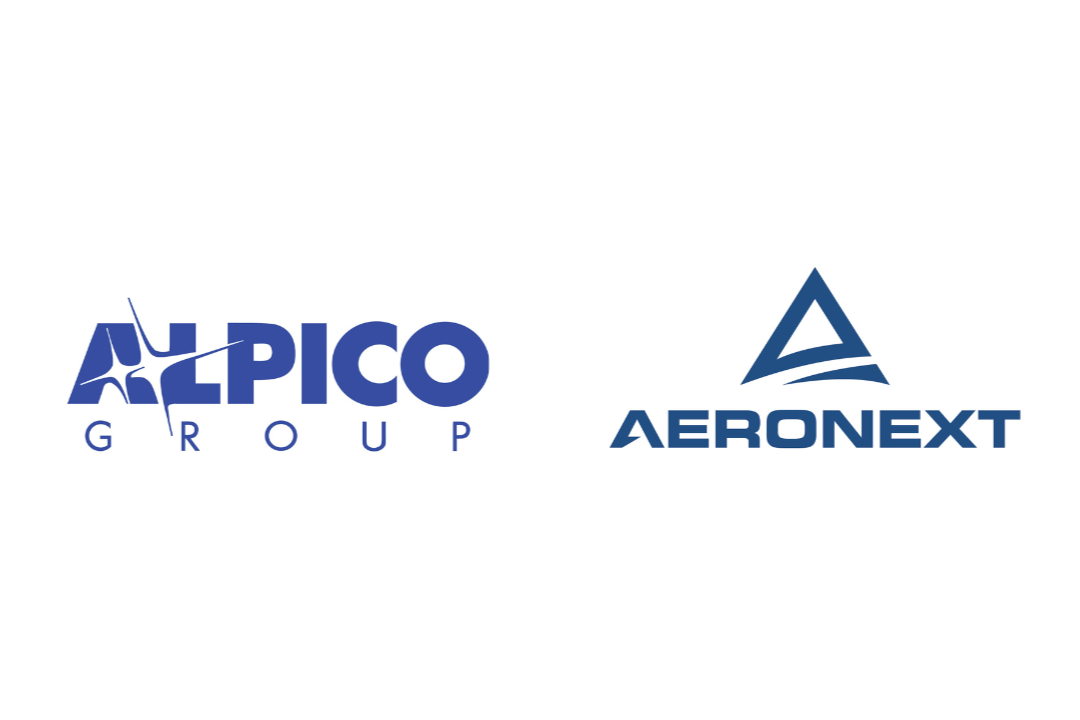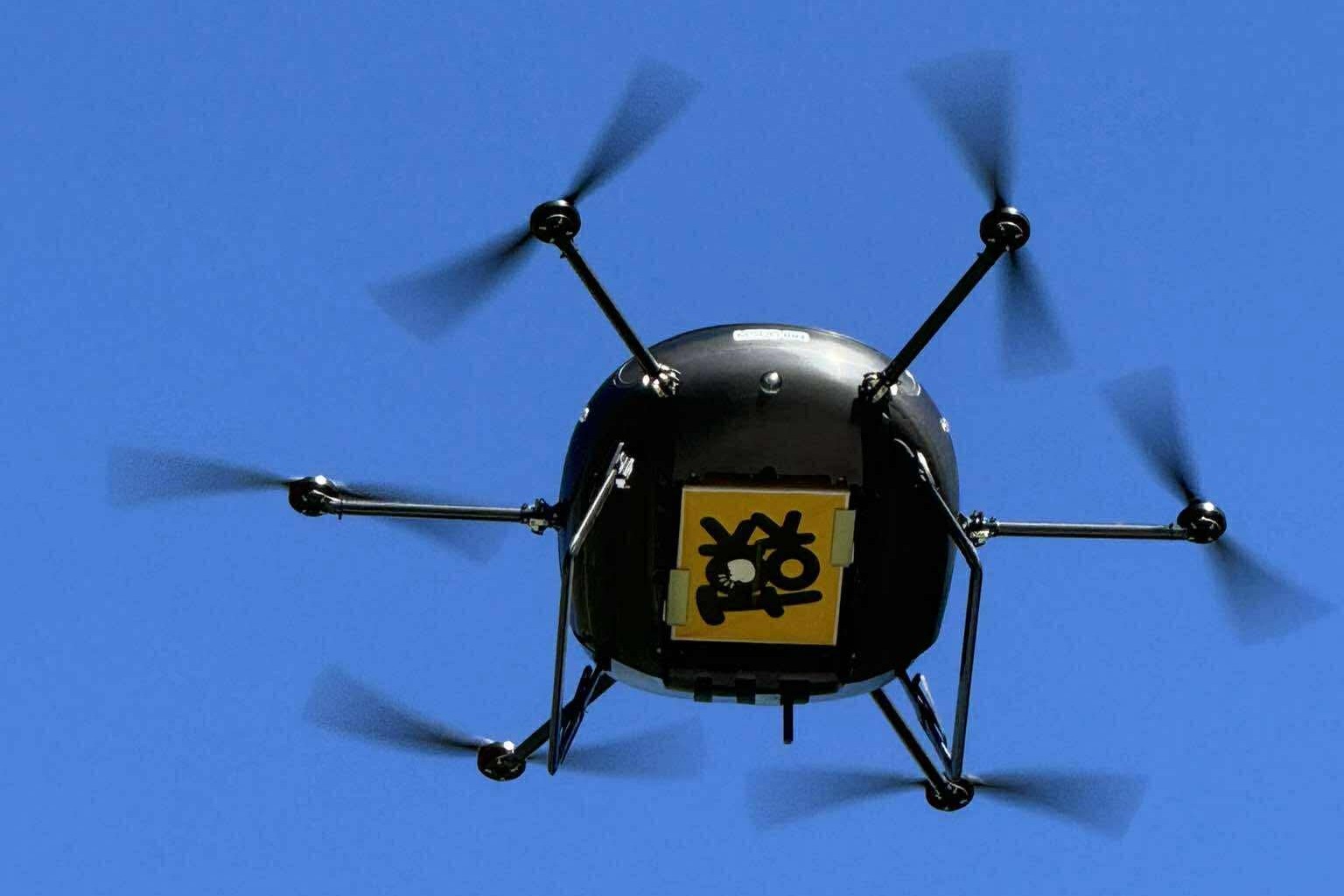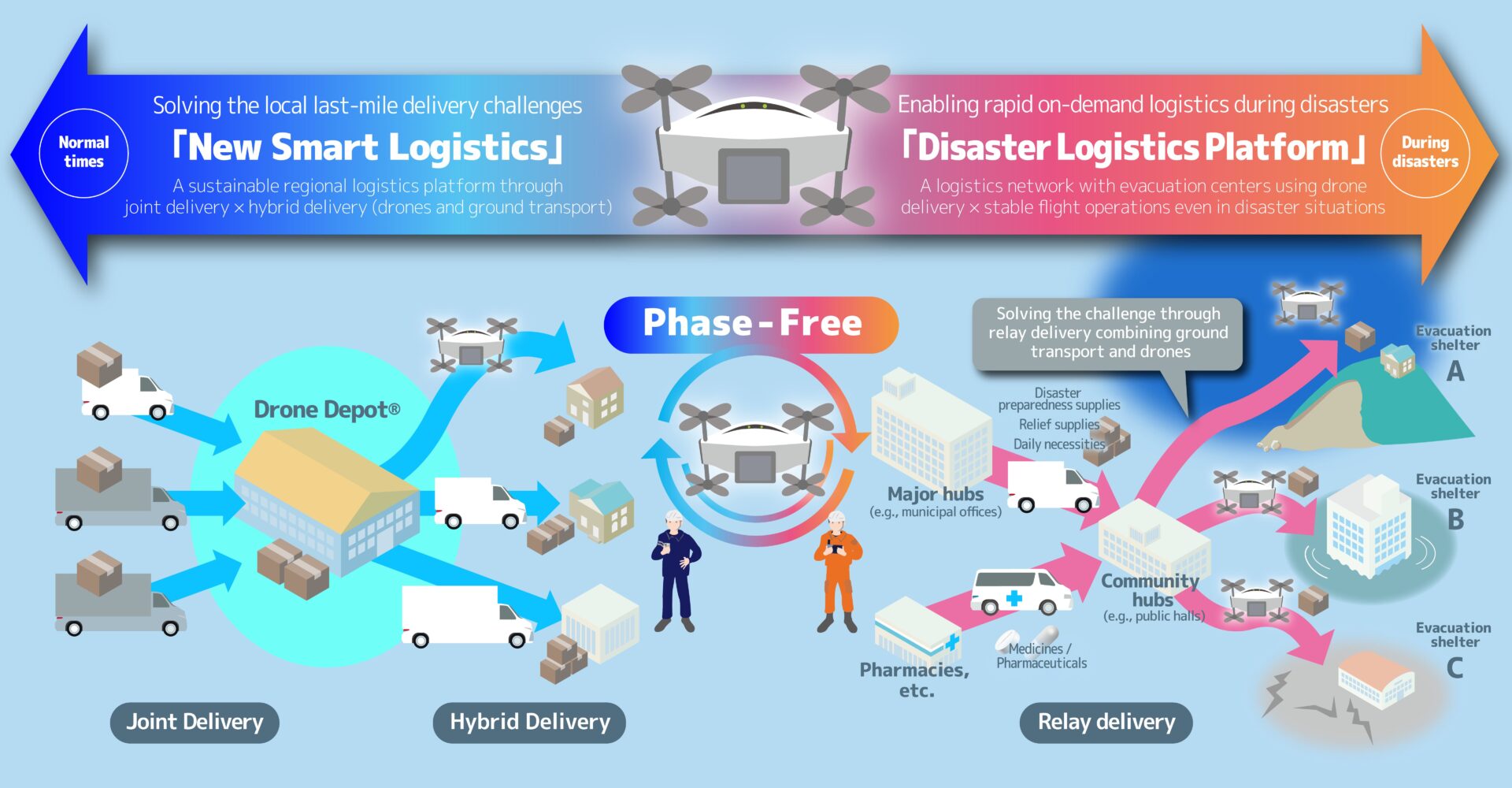

NEWS
Aeronext and the Mongolian University of Science and Technology(MUST) start joint research on the aerodynamics of new drone aircraft based on 4D GRAVITY® technology

Aeronext Inc. (Shibuya-ku, Tokyo; CEO: Keisuke Toji, hereinafter “Aeronext”) is pleased to announce that it has concluded a Memorandum of Understanding (hereinafter “MOU”) with the Mongolian University of Science and Technology (hereinafter “MUST”) (Ulaanbaatar, Mongolia; President: Tumurpurev NAMNAN) on joint research into the analysis and evaluation of the aerodynamics of new types of drone aircraft based on the “M-JEED: Higher Engineering Education Development Project*1” (hereinafter referred to as “M-JEED”). Based on the MOU, over the next year, the two organizations will work together to conduct detailed aerodynamic analysis and research activities focusing, such areas as optimizing the lift of Aeronext’s new drone fuselage, reducing drag, and ensuring overall aerodynamic efficiency. In addition, the organizations will also build an effective partnership for the development of engineering personnel to further realize a sustainable society.
The signing ceremony and announcement of this MOU took place at the venue of the Mongolia-Japan 2024 JOINT RESEARCH & BUSINESS PARTNERSHIP SEMINAR held on November 6th at JICA Ogata Sadako Peace and Development Institute.

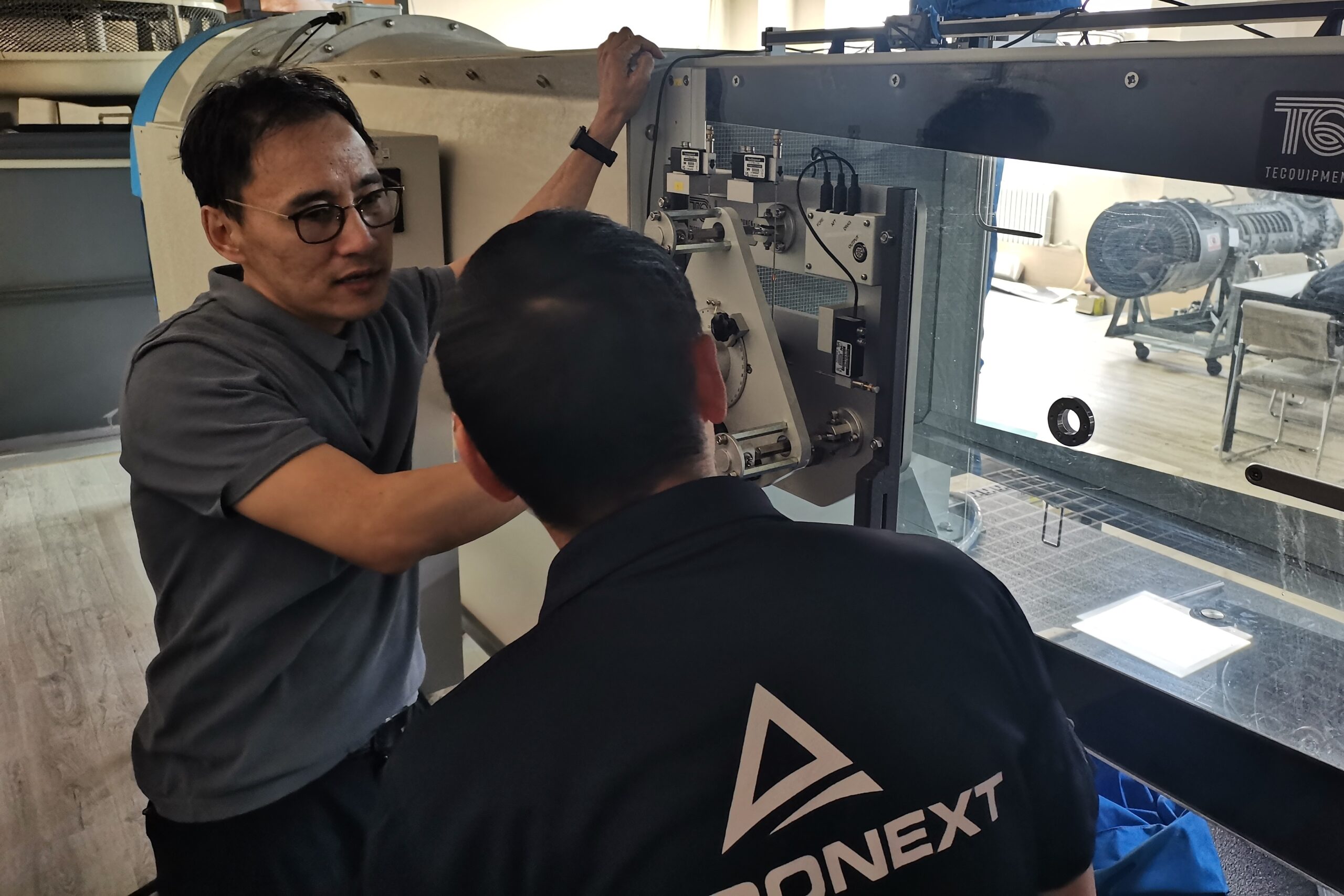
Aeronext develops next-generation drones that incorporate its proprietary 4D GRAVITY®︎*2 aircraft structure design technology, developing new patented technologies in-house. Aeronext also collaborates with external partners to jointly develop aircraft and related products, as well as conducts development on a contract basis.
4D GRAVITY® is a core aircraft structure design technology that improves the basic performance of industrial drones, such as stability, efficiency, and maneuverability, and the transport performance of logistics-dedicated drones. 4D GRAVITY® is part of a robust patent portfolio that enables the technology to be installed on industrial drones. Aeronext pursues partnerships for this and other platforms on a global scale, with the 4D GRAVITY®︎ license as a core technology.
MUST is a national university in Mongolia, and this year marks the 65th anniversary of the university’s founding in 1959, when it first began training human resources in the fields of civil engineering and industrial economics. It currently has 12 faculties, with three Japanese-style technology colleges(kosen) attached to it in Ulaanbaatar, Erdenet and the South Gobi Province. In particular, the School of Mechanical Engineering and Transportation is a leading engineering department in Mongolian industry, road and transportation fields, with graduates from the department accounting for over 80% of engineers in the transportation and aviation industries. In the development of UAV and drone technology, research is being carried out on wings, propellers and engines through ground-based driving tests and wind tunnel experiments, and the latest CFD analysis is being conducted in collaboration with Nagaoka University of Technology as part of the M-JEED joint research program.
【Joint Research Background and Purpose】
In Mongolia, Aeronext was selected for the JICA “SDGs Business Supporting Survey” in 2022 and 2023 and is also working on the “SDGs Business Validation Survey for Introducing Drone Delivery Network of Medical Supplies in Mongolia.” As part of those activities, in November last year, Aeronext successfully conducted an automatic navigation flight between the National Center for Transfusion Medicine and the Mongolia-Japan Hospital of the Mongolian National University of Medical Science using the AirTruck*3, a logistics-dedicated drone equipped with 4D GRAVITY®︎. Ulaanbaatar is located at an altitude of 1,300 meters, and on the day of the flight, the outside temperature was a harsh -15℃. The successful flight, which was an autonomous flight over public space, which would be the equivalent to Level 4 (unmanned flight in a populated area) in Japan, was a great achievement in terms of aircraft performance.
After that, with the Newcom Group as a local partner, Aeronext prepared to build a local operations system, and with the cooperation of Newcom Group’s MSDD (Mongolia Smart Drone Delivery) obtained the first commercial drone flight license in Mongolia from the Mongolian Civil Aviation Authority (commonly known as MCAA) in June of this year. In August, the National Center for Transfusion Medicine began actual operations for drone delivery of blood to three hospitals in the city (Mongolia-Japan Hospital, Amgalan Hospital, and the First Mother and Child Center). Regular operations and emergency responses are being carried out to deliver blood for transfusions by drone, and from August to the end of September, 50 flights have already been carried out, with a total of 178 patients receiving blood transfusions using blood delivered by drone.
Continuing this project, it is essential to develop an aircraft that can be operated safely in Mongolia’s climate and weather conditions (cold temperatures, altitude, wind, etc.), and this need led to the joint development of the aircraft.
Against this background, the two parties will carry out comprehensive research activities related to “aerodynamic analysis and evaluation of new drone aircraft” and build effective partnerships for the development of engineering personnel to further realize a sustainable society.
The two parties will work together on the following research.
【Joint Research Overview】
Evaluation of aerodynamic phenomena for new drone aircraft based on 4D GRAVITY®︎ technology.
・Experiments using the university’s wind tunnel facilities
・Computational fluid dynamics (CFD) analysis at partner universities
・Considerations for adaptation to the natural environment of Mongolia
Aeronext will continue to contribute to solving societal issues such as traffic congestion and environmental problems in Mongolia by building a drone delivery business through joint research that will help develop aircraft that can be safely operated in Mongolia’s climate and weather conditions.
Reference
*1 M-JEED: Higher Engineering Education Development Project
A project to support higher education in engineering with the aim of capacity development of engineering education and research capabilities in Mongolia and improving the quality of the engineering education and research environment. This project, which was launched in 2014 under Official Development Assistance (ODA) from the Japanese government based on the “Mongolia-Japan Strategic Partnership” Medium-Term Action Plan, is also known as the “M-JEED 1000 Engineers Project.” The project has strengthened the research capabilities of three major Mongolian national universities (the National University of Mongolia, the Mongolian University of Science and Technology, and the Mongolian University of Life Sciences), supported study abroad in engineering fields needed by Mongolian industry, improved the curriculum of the engineering departments at the Mongolian University of Science and Technology, and many joint research team activities are being carried out under the project.
*2 Airframe structural design technology 4D GRAVITY®
Airframe structure design technology developed by Aeronext optimizes aerodynamic characteristics by equalizing motor speed regardless of attitude, condition, or movement during flight and controlling lift, drag, and fuselage center of gravity based on fuselage shape and structure to improve the basic performance of industrial drones, such as stability, efficiency, and mobility, and the transportation performance of drones dedicated to logistics. Aeronext has patented this technology and manages it as part of the 4D GRAVITY® patent portfolio. 4D GRAVITY® improves basic performance and opens up new markets and applications for industrial drones.
*3 Logistics Drone AirTruck
AirTruck, the first mass-produced logistics drone developed in Japan by Aeronext, a next-generation drone technology startup, in collaboration with ACSL, achieves stable flight with Aeronext’s proprietary 4D GRAVITY®*2 airframe structure design technology. AirTruck is a dedicated logistics drone that goes “faster, farther, and is more stable” with enhanced for logistics, specialized for forward motion, and aerodynamic characteristics required for long-distance flight. In Japan, it has a proven track record of flights in various regions where it has been implemented and tested.
【About Aeronext Inc.】
Aeronext, an IP driven R & D technology startup for next-generation drones, is a company that designs the sky through technology to create a world where the sky becomes a social infrastructure, is economized, and solves social issues through drones. Our core technology is 4D GRAVITY®︎, a unique structural design technology that improves basic drone performance such as stability, efficiency, and mobility of industrial drones by optimizing the center of gravity of the aircraft. In order implement this 4D GRAVITY®︎ as standard equipment on industrial drones, we have constructed a strong patent portfolio and are promoting a partnership-based platform business for the 4D GRAVITY®︎ license globally. Aeronext has also founded a subsidiary to implement the SkyHub® smart logistics and pursue drone delivery.
*For more information: https://aeronext.com/company/
*Aeronext, the Aeronext logo, and “4D GRAVITY®” are trademarks of Aeronext Inc.
*Other company names and product/service names mentioned in this press release are registered trademarks or trademarks of their respective owners.


